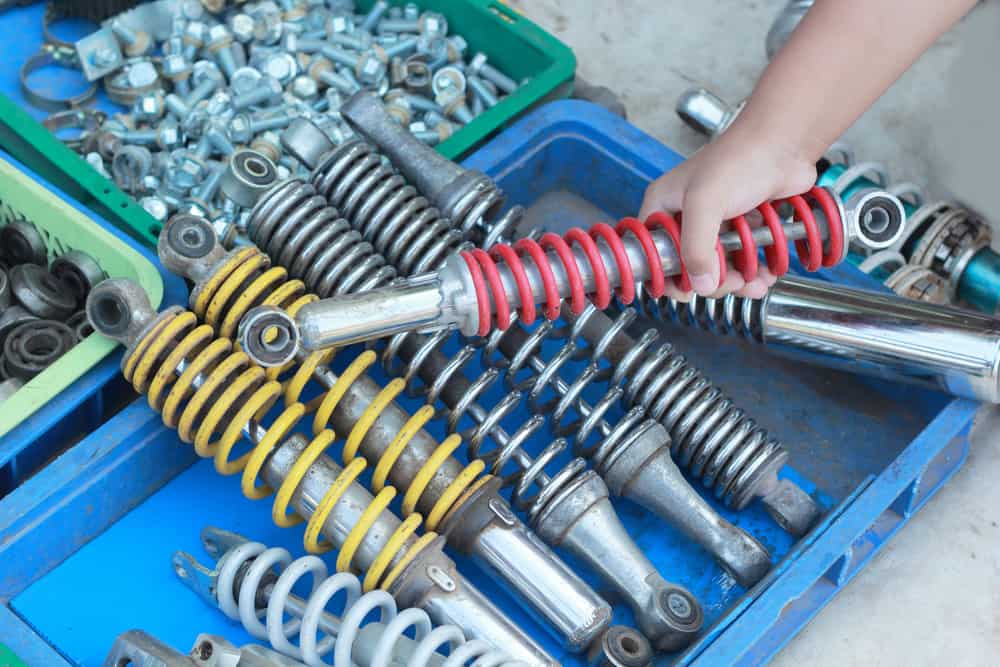
Category Archives: Maintenance
Checking Your Transmission Fluid

All cars use transmission fluid. This is used to lubricate the gearbox and ensure the smooth running of your vehicle. You will need to check the lubricant levels in your car regularly – how you do this depends on whether your car has a manual transmission or an automatic transmission.
Continue readingTopping Up Your Windscreen Washer Fluid
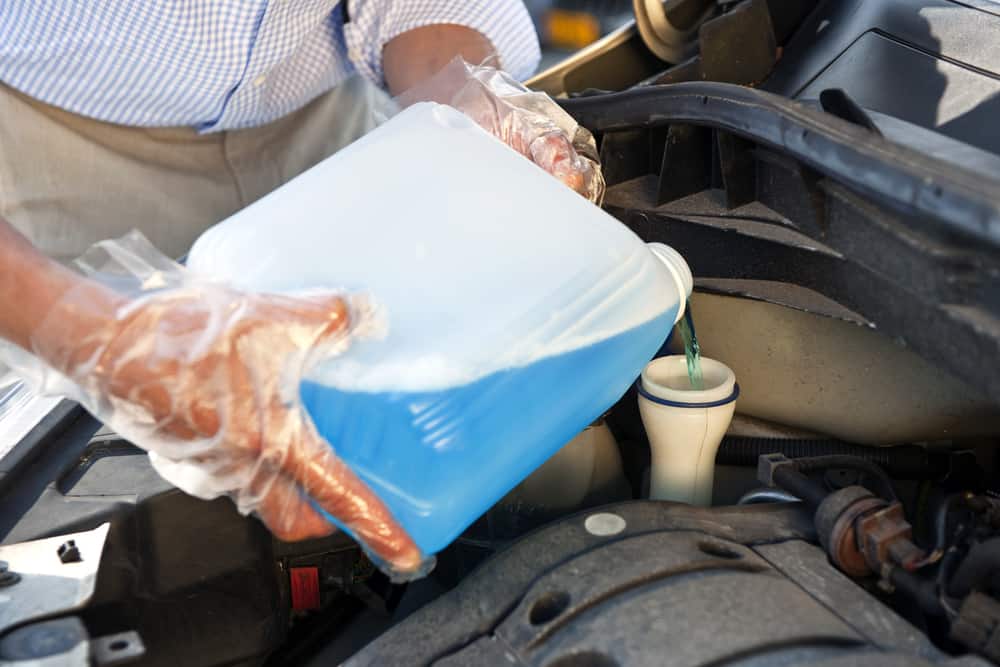
Windscreen washer fluid is a vital part of your car’s systems. It allows you to clean the windows in adverse conditions – whether these are a dry and dusty summers day where insects and pollen are impeding your visibility, or a murky winter spell where dirty water from the road is splashing on your windscreen.
Spraying and fitting a new car bonnet
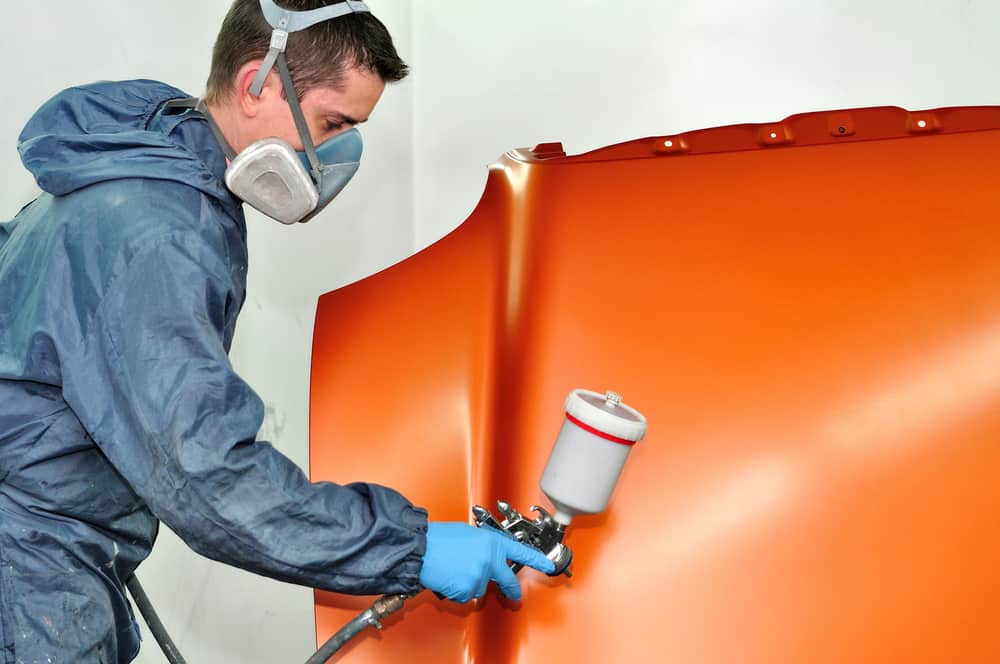
Wear and tear on the front of your car soon adds up, and even a minor prang can leave your bonnet looking in a thoroughly disreputable state. You will be able to address much of this yourself with touch-ups or – if it’s bad enough – a complete respray. But in worse cases it’s far simpler to ditch the old bonnet and start again. Double-skinned bonnets are particularly hard to repair, since they cannot be hammered out. There are ways of ‘sucking’ out dents, but these are hit and miss – and, in any case, you’ll need to repaint afterwards anyway.
Continue readingLooking after your car battery
Batteries provide the essential power to a car’s spark plugs in order to start the engine. Whilst a failing battery will not generally result in your car breaking down on the road, it will prevent your vehicle from being started. We’d always advise that you do a quick visual inspection of your battery any time you open the bonnet of your car to check the oil, top up brake fluid or refill the car’s water tank. This way you should be able to anticipate any problems with the battery before they happen, preventing that awkward moment in the morning where your car won’t start. Continue reading
Changing Your Exhaust
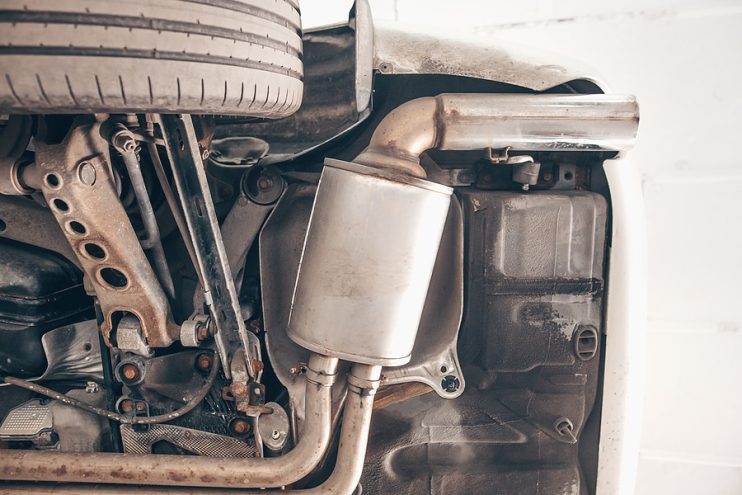
All combustion engines, no matter whether they are diesel, petrol, alcohol or bio-fuel driven, produce emissions. These often dangerous gasses are ejected from the vehicle via the exhaust system. This is connected directly up to the engine head via the manifold, and used to funnel all the waste fumes out of the pistons chambers. The exhaust has many parts – these include:
Continue readingChecking your Engine’s Coolant
All engines require coolant to stop them from overheating. This is especially true of the summer months when the bonnet of the car is already hot due to the ambient temperature, but due to the combustion process the engine is also likely to get hot even during the coldest period of the year. To make sure there is sufficient coolant in your engine you should check your levels regularly – as a rule of thumb you should check it at least every 3,000 miles, although you should check your owner’s manual, which should advise on the frequency of your checks. Continue reading
How to check and replace your car’s air filter
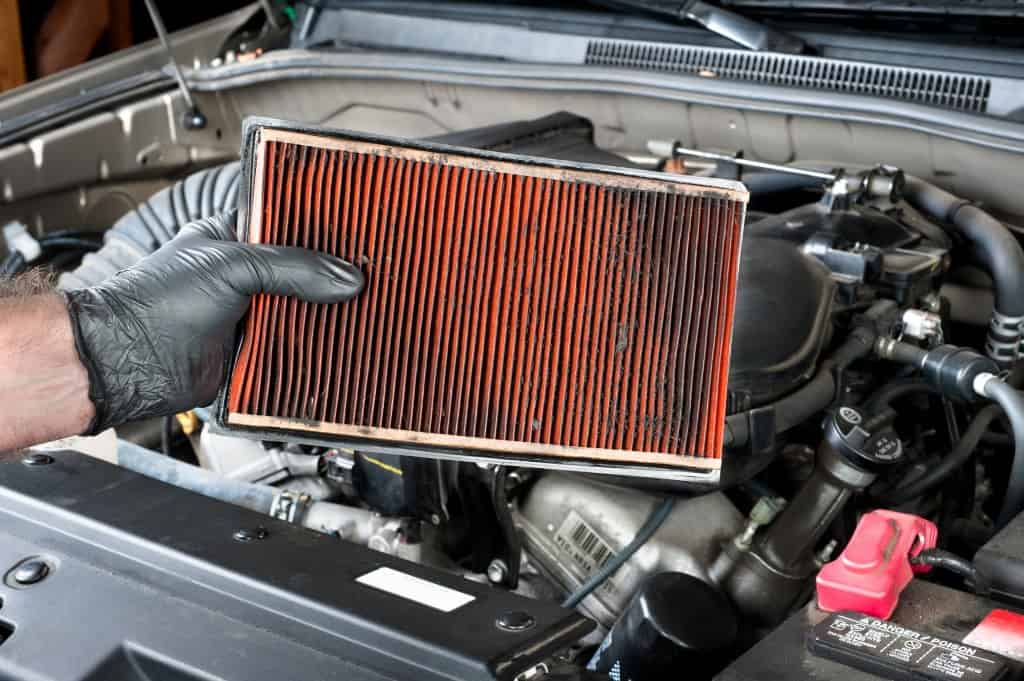
Even at low speeds, your engine sucks in a huge amount of air necessary for the process of internal combustion that drives the car. This air has to be clean and free from particles such as dust and dirt, or these could clog up the engine over time causing it to lose efficiency or even break down. As a result most engines use special air filters to clean the air that they take in, trapping all the dirt and dust that could cause damage. This part has a limited lifespan before it becomes completely clogged, impeding the flow of air to the engine, and needs to be changed.
Continue readingTyres – Maintaining Your Tyres
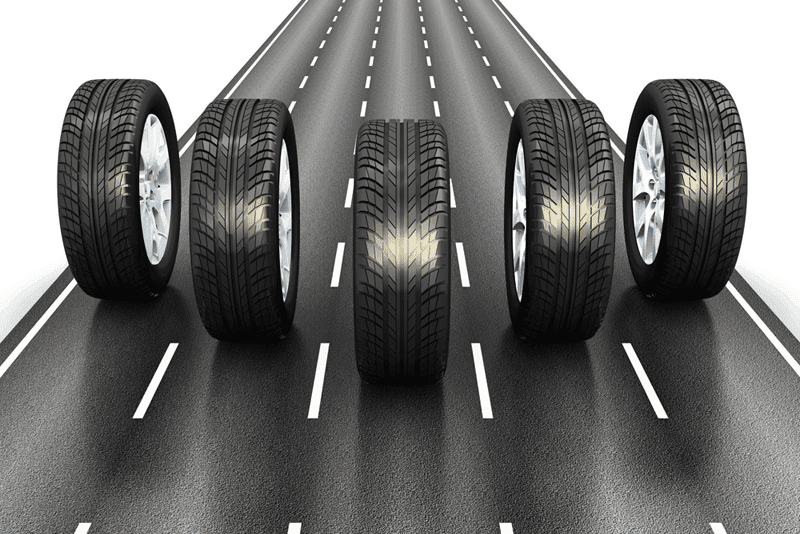
Your car tyres should always be well maintained. As these are the shoes of the car, giving you good traction on the road surface, it is essential to make sure that they are always working at an optimal pressure and that their tread is in good condition. If you do notice that the tread has degraded badly, then you should replace your tyres, taking care not to mix types across the car, as this can cause a loss of grip.
Checking and Refilling Your Oil
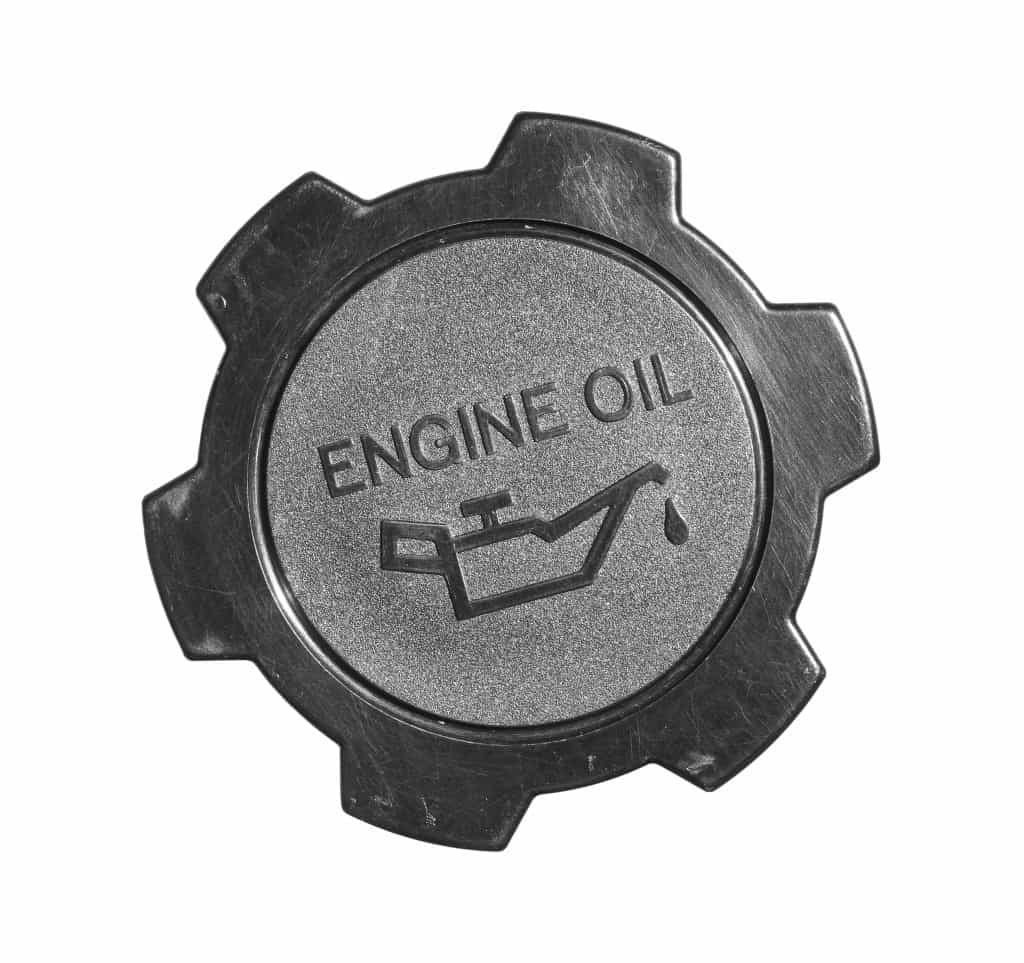
Keeping your engine’s oil at the correct level is one of the most important things that you need to do in order to ensure that your engine doesn’t suffer from premature part failures. You should look up how regularly your oil needs to be checked in your car’s service manual, although as a rough guide we’d suggest that you change it every 3,000 miles. Do not wait until you see the red oil check light on your dashboard, as by this time
Continue reading

.png)